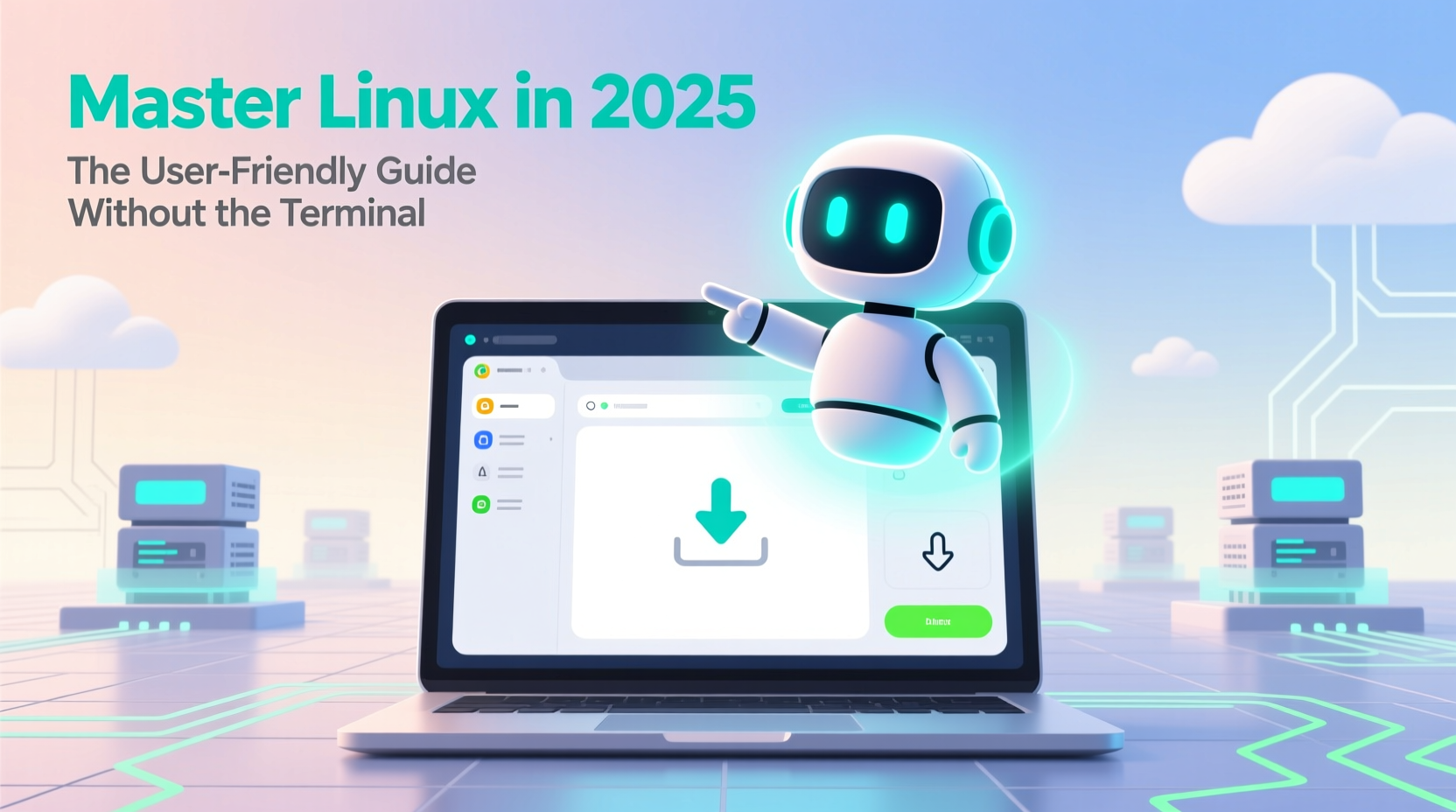Revolutionizing the Linux Experience: A Terminal-Free Journey
For decades, the Linux terminal has been the quintessential interface for interacting with a Linux system. The command line was often seen as a rite of passage, essential to unlocking the full potential of the operating system. However, the world of Linux has evolved dramatically, making it possible to thrive in a terminal-free environment. Traditionalists may view this change with skepticism, but the modern Linux landscape offers a plethora of tools and interfaces that cater to both novice and expert users without necessitating command-line expertise. Let's delve deeper into the steps to embrace a terminal-free Linux experience, exploring distribution choices, GUI enhancements, and effective management practices.
Strategic Distribution Selection
The foundation of a terminal-free Linux experience begins with choosing the right distribution. Recent advancements have integrated support for package formats like Flatpak and Snap directly into graphical app stores, simplifying software management significantly. Noteworthy distributions that offer seamless graphical installation options include Ubuntu, Fedora, Pop!_OS, Linux Mint, and elementary OS. With these choices, users can access vast software repositories without touching the command line, making Linux more accessible to a wide audience.
| Distribution | Flatpak Support | Snap Support | GUI Integration |
|---|---|---|---|
| Ubuntu | Yes | Yes | Software Center |
| Fedora | Yes | No | GNOME Software |
| Pop!_OS | Yes | Yes | Pop!_Shop |
| Linux Mint | Yes | No | Mint Software Manager |
| elementary OS | Yes | No | AppCenter |
Enhancing File Management: Nautilus-Admin
A key component of managing files and configurations without the terminal lies in adopting tools like Nautilus-Admin. This application extends the GNOME Files manager with options to "Edit as admin" and "Open as admin." This feature is crucial when dealing with configuration files requiring elevated permissions, allowing users to edit system files directly within the GUI. By incorporating Nautilus-Admin, the need to resort to terminal-based file editing diminishes, enhancing user convenience and efficiency.
Maximizing Configuration Through GUI Settings
Many Linux users have historically relied on the terminal to adjust system configurations. Yet, modern Linux distributions offer robust graphical settings interfaces that encompass network configurations, display settings, and preference adjustments. OpenSUSE users benefit from YaST, a comprehensive configuration tool that further simplifies administrative tasks. Understanding the extent of settings available in the GUI ensures that users harness the full power of their system without reverting to command-line methods.
Diving into GNOME Tweaks and Extensions
For users of GNOME desktop environments, tools like GNOME Tweaks and GNOME Extensions are invaluable. GNOME Tweaks allows for customization of the desktop's aesthetics and functionality, enabling modifications to themes, window behavior, and accessibility options. Simultaneously, GNOME Extensions offer features that might traditionally require terminal interaction, such as customization of network connections and gesture control. These tools collectively enhance the GUI's capability, reducing dependency on the terminal.
Streamlining Search with GUI Tools
The ability to efficiently locate files without a terminal is facilitated by GUI applications like Catfish and Ulauncher. These tools provide comprehensive file search options that rival terminal-based commands such as 'find' and 'locate'. Ulauncher, in particular, offers rapid pop-up search functionality, making file retrieval straightforward and eliminating the need for command-line navigation.
Looking Ahead
The progression towards a terminal-free Linux experience marks a significant stride in making Linux more accessible to a broader user base. As Linux continues to innovate, users will find more ways to engage with the system through graphical interfaces. Nevertheless, embracing the terminal's power and flexibility remains beneficial for users seeking deeper engagement with Linux's underlying architecture.
Exploring open-source tools and lightweight distributions can further enhance this journey, catering to diverse needs while challenging misconceptions about Linux usability. The choice lies with the user: whether to delve into terminal commands or appreciate the sophisticated GUI ecosystem that Linux now offers.











 浙公网安备
33010002000092号
浙公网安备
33010002000092号 浙B2-20120091-4
浙B2-20120091-4